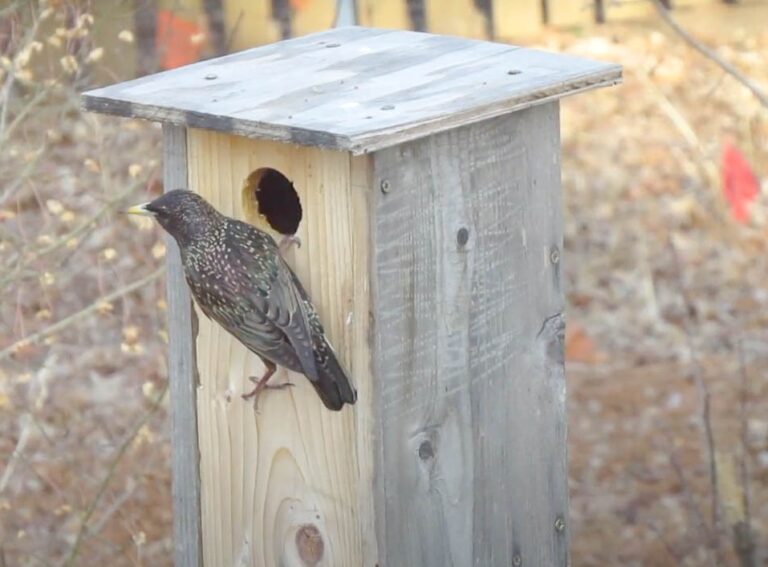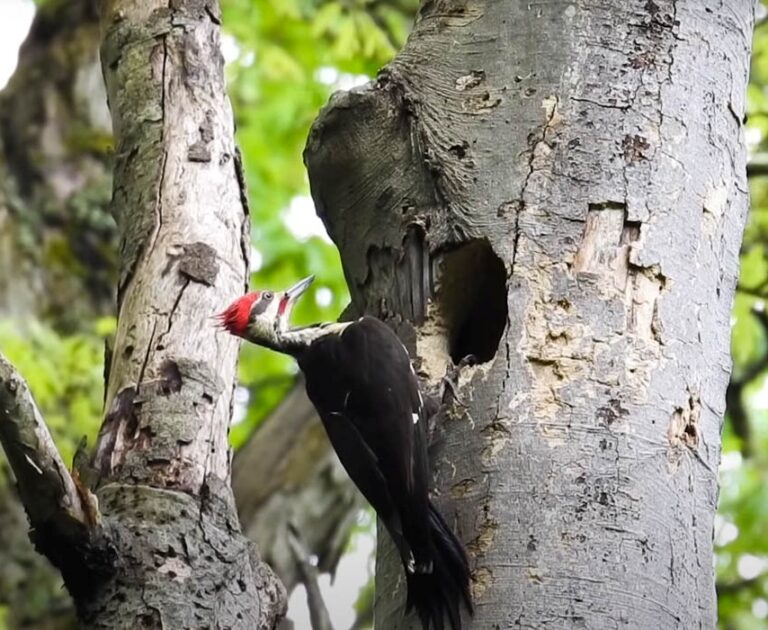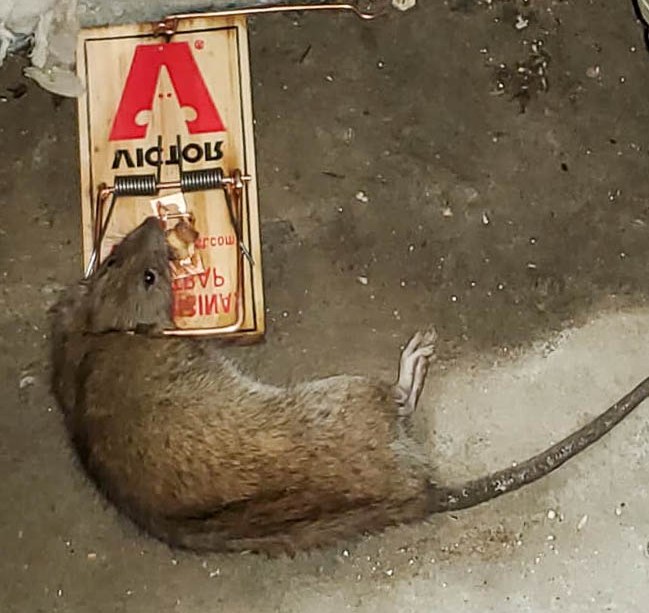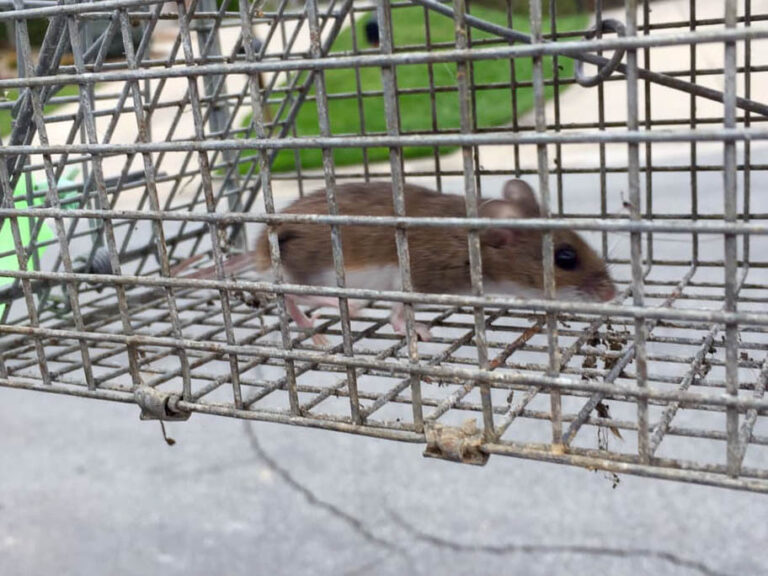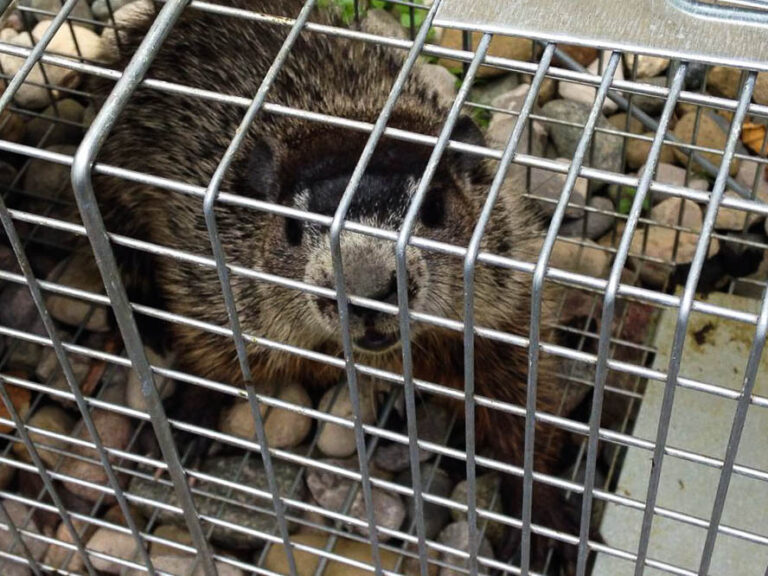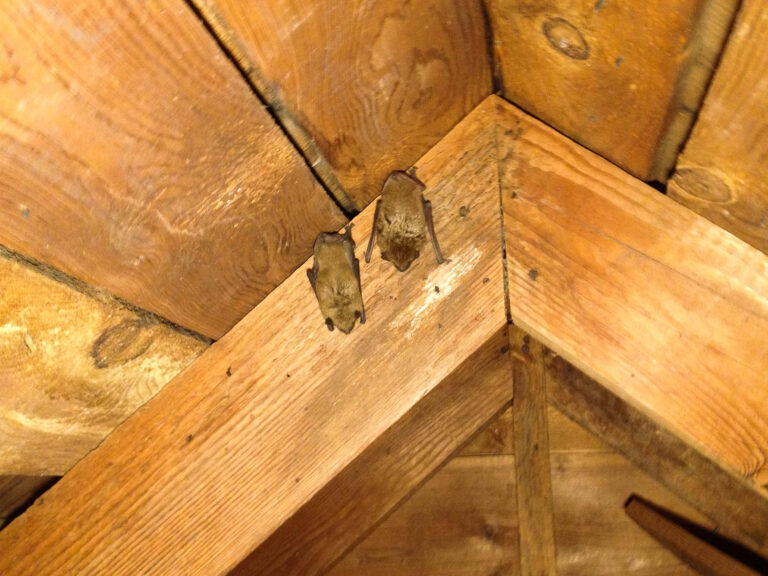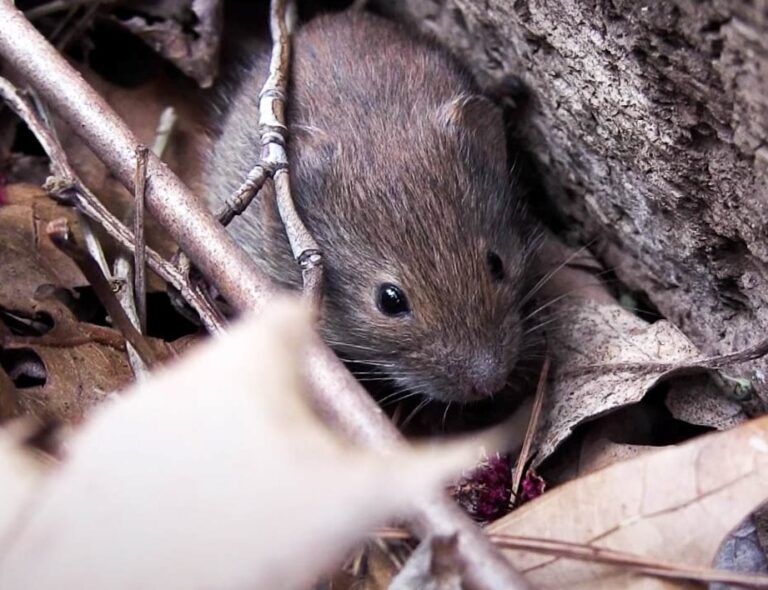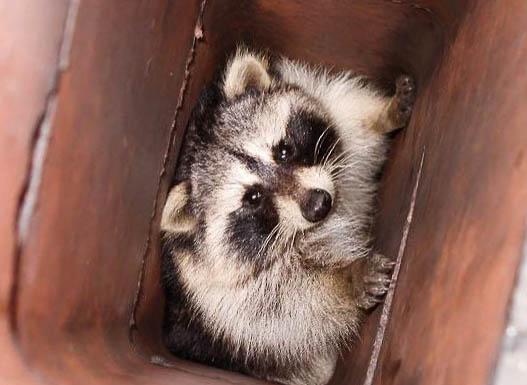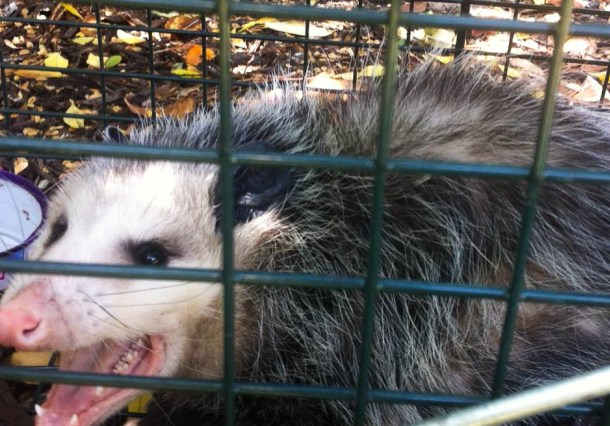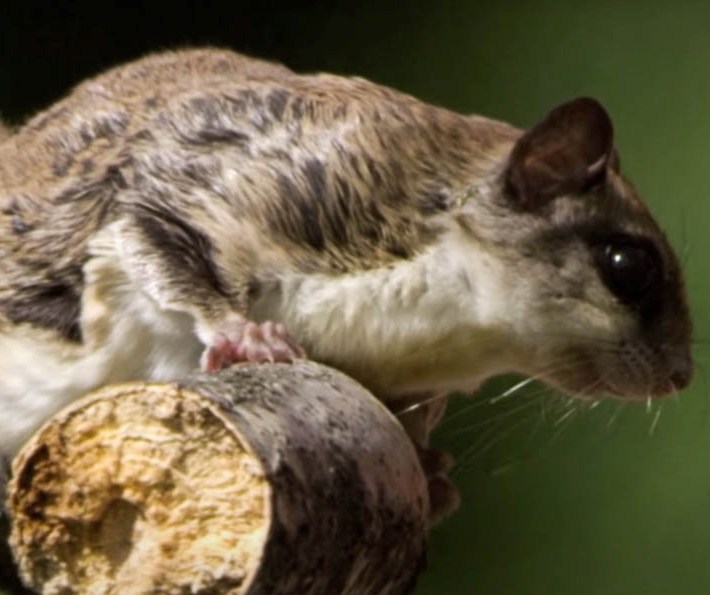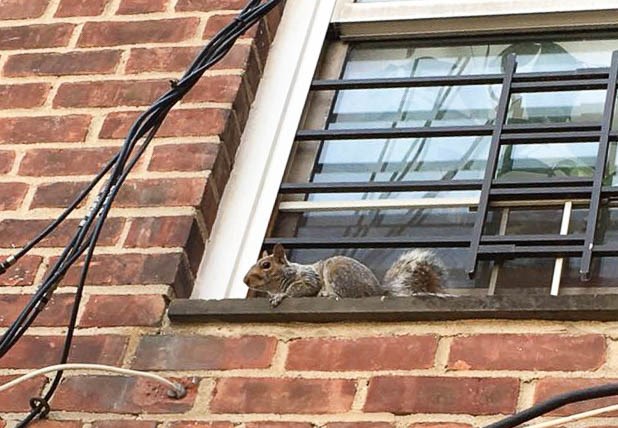About Bats
Appearance
Bats (Chiroptera) are the only mammals capable of ‘true’ flight. They do so with their large, fleshy wings stretching from wrists to hind limbs. Their wings are their most identifiable feature. Not only do their wings give them away; they have short snouts, large ears, and prominent beady black eyes in front of their head. Strong, sharp claws on their limbs help them to tear/clutch things. Most people find the total appearance spooky and often associate them with vampires, witchcraft, and other creepy things.
Bats can be of varying colors like black, brown, red, and gray. Contrary to popular beliefs, no species of bats are blind though they might have poor sight. The Kitti’s hog-nosed bat weighs as little as 0.06-0.09 ounces, with a length of 1- 1.5 mm and 150 mm across the wings. It is the smallest of the bat family, and all mammals, weighing as much as a penny. The largest bats are the flying fox and the giant golden-crowned flying fox with a weight of 3.5 pounds and a wingspan of 5 ft. 7in. There are over 1,300 known species of bats in the world; the two main groups “fruit-eating mega-bats” and “echolocating microbats."”
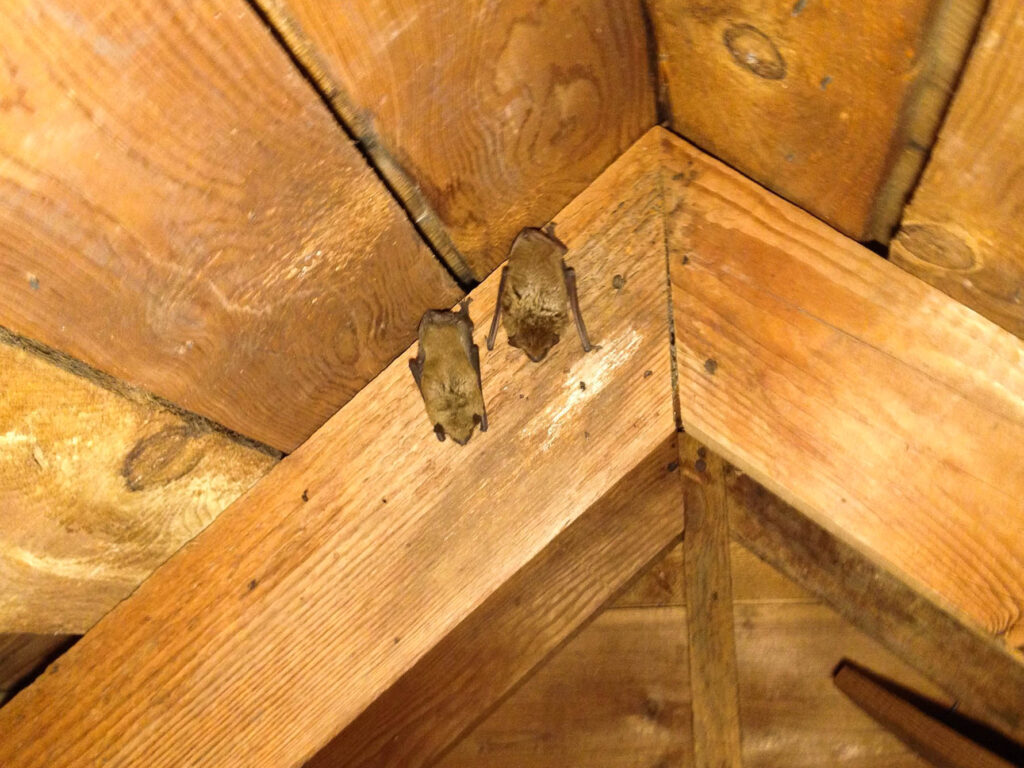
Behavior
Bats are nocturnal animals; they move about at night/dark to forage for food while resting during the day. Many of the bat species are carnivores (feed on insects) or smaller animals like small birds, lizards, and mice. Some others are fruit/nectar eaters, while a few feed on blood, especially vampire bats. Bats are one of the largest ‘regulators’ of insects in the world; they are so skilled, quick, and relentless in hunting insects.
Bats have developed senses, and some use “echolocation” (sound echo) to detect prey as far as 6 miles out. They can estimate the distance, the size, and speed of their prey in a split-second and swoop in swiftly. Although some are solitary, bats live in colonies as large as thousands to millions. Bats are also nomadic, traveling as much as thousands of kilometers to avoid winters. Some of them might go into torpor (hypothermia) lasting from a few hours to months.
When they are not flying, bats will roost on trees/poles. They will hang upside down from their feet with head curled towards the belly/back. On solid ground, most of them can only manage awkward crawls. Bats do not fly in the rain, as it affects their echolocation.
Habitat
You can find bats in almost any part of the world, as far as it is not cold; a reason why they are abundant in the tropics. They are selective about their climate and diet, thus increasing the chance for survival.
They hibernate and roost during the day in trees (nests), foliage, hollows, crevices, and manmade holes. Bats can also live in the forest, caves, or even close to human settlements.
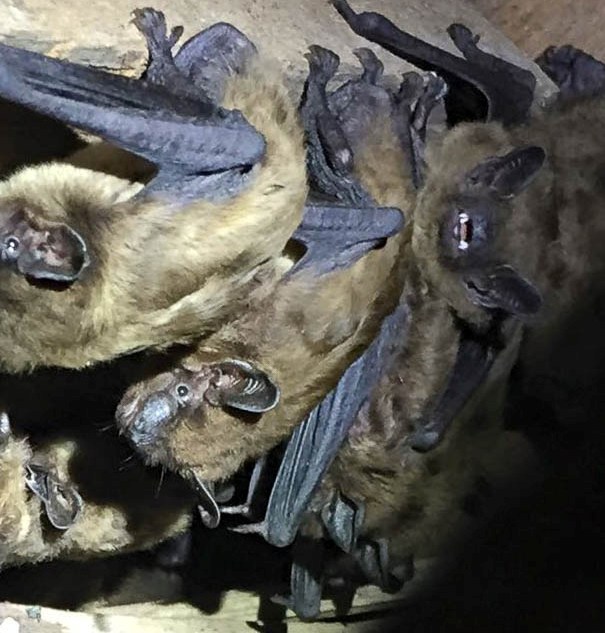
Life Cycle
Bats are mostly polygamous or monogamous and yield only one pup per litter. The gestation period for bats varies from as little as 40 days to 6 months, depending on the size/species. Generally, males do not help in the raising of the pups, though females will form a kind of maternity colony to protect mothers and pups.
Females can have up to 3 litters a year but will only mate when the conditions are favorable (food and climate). When the young are born, they can weigh as much as 25% of their mother. They have to depend on milk from her since they cannot fly. The young fully mature between 6 weeks and 4 months depending on size.
Bats in the wild can live between 20 and 40 years depending on the species and slightly higher in captivity. Their choice of habitats makes them elusive of common predators like hawks, eagles, and snakes. Diseases might also affect their lifespan.
Damages They Cause
Bats move together in their millions/thousands and can leave total catastrophe in their wake.
Damage to fruit and crops
Bats are the biggest threat to plantations, especially in the tropics. Fruit and nectar-eating bats can destroy lots of crops by their actions. They can also attack and damage your orchards.
Corrosion to structures
The droppings of bats (guano) contain high levels of uric acid, which can erode metals or clay materials. They can also cause cracks on roofing/siding materials and weaken them.
Smelly dirty house
The presence of bats, their smell, and droppings can leave a repulsive smell in your home. They can affect the insulation up in your attic.
Spread of diseases
Bats are carriers of different fungi, bacteria, and viruses which are harmful to humans and pets. As well as rabies, bats also cause histoplasmosis (a lung disease).

